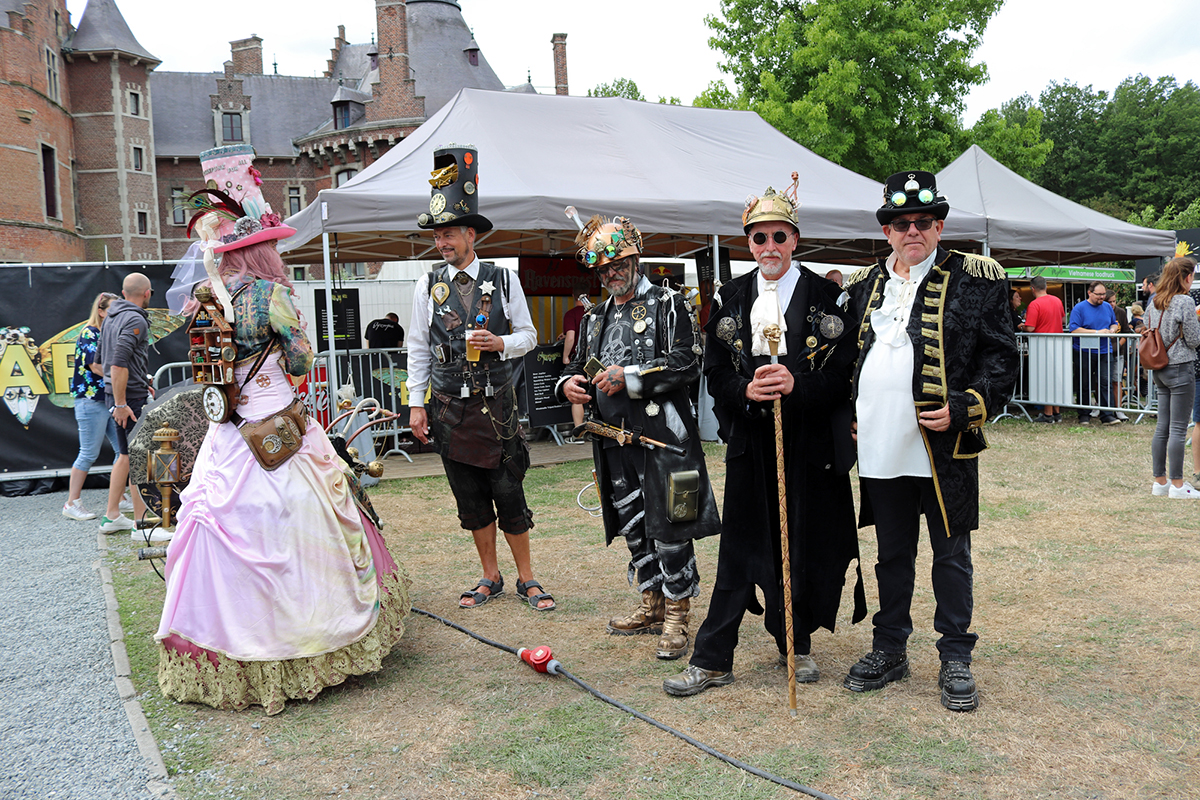Seaside holidays are today a common way for many people to pass their summer vacation. What many probably don’t know is that the summer vacation we envision today, with children playing on and with the sand, people bathing or walking along promenades and piers, are all traditions rooted in nineteenth-century England.
Time off
The improvements in living conditions during the nineteenth century led middle-class people like tradesmen and white-collar workers (called “black coats” during the Victorian period) to have more free time and enough money to join leisure periods away from home.
In the 1840s, professionals like doctors and lawyers had only Saturday afternoon and Sunday off from work, and in that period the first day excursions with trains started.
Since the 1850s, people working in industries also had half their Saturdays off. In 1871, holidays were officially created through the Bank Holiday Act. They were Easter Monday, White Monday, First Monday in August, Boxing Day in England and Wales and St Stephen’s Day in Ireland.
In the same period, the middle classes started to save money during the year in order to have one week of unpaid holiday during summer. From the 1880s onward, the working classes began to visit seaside resorts like Blackpool, Morecambe and Southend.
Health and entertainment
Until 1800, English people didn’t have much interest in seaside localities. But in 1750, Dr Richard Russell claimed that seawater was a cure for many diseases, persuading upper-class people to choose seaside locations for bathing where they might previously have visited a spa.
In short time, seaside resorts became fashionable among the rich; places where to show off and be seen. In later times, when seaside resorts were visited also by the middle classes, the health element became secondary to the entertainment factor.
After the availability of time and money and the health reasons to frequent such places, the last element that helped the spread of seaside holidays was the development of the railway system, which for the first time connected seaside villages with main cities at a cost affordable for many.
In 1844, the first day-excursion train entered in service taking people from London to Brighton, and the one-day excursion remained the standard for most people, as few could afford the cost of a one-week holiday. People weren’t paid holidays until after the war.
What were initially small fishing villages became, with the coming of trains of tourists, large resort centers, highly organized in order to accommodate and entertain people. Small inns were replaced with large hotels built on the coast and country houses were rented to visitors from the city.
Competition was usual among the best resort places with organizers trying to beat each other with newer and more spectacular entertainment.
Growth of resort towns
The most famous places were Blackpool and Brighton.
Blackpool was a little town until a new road was opened and transformed it into an accessible city in huge expansion. The top of the growth was reached in 1894, when the Blackpool Tower resort was opened.
Brighton started its growth with the construction of a railway, which boosted its population. Dr Russell also had a laboratory in this town, increasing its value.
Some resort towns were even created from scratch, like New Brighton, which proved a financial failure.
Victorian mores
Very often resorts were divided by social class. Blackpool and Southend were predominantly working class, others had a middle-class clientele. Sometimes the same village was divided between upper- and lower-class tourists.
With time, the resorts became a more relaxing experience, however, where social classes could mix freely. In some ways, it helped pull down social barriers between people, but it also attracted criticism. The seaside resorts were sometimes described by its detractors as places of sexual promiscuity and alcoholic perdition.
What people usually did during holidays in a seaside resort? The list isn’t too different from what we usually do today — walk along the shore, ride donkeys, bath, listen to band concerts, watch Punch and Judy shows. Bigger places like Blackpool had pleasure gardens, music halls, theaters, zoos, exhibitions, boat trips.
Sea bathing was obviously done in a reserved way. There were Bathing Machines, changing rooms on wheels with a door at either ends, which were drawn in and out of the water by donkeys. Bathing Machines had a flag that could be raised or lowered from inside in order to signal that it should be moved out of the water.
The purpose of the machines was to block any view of the bather from the shore, in order not to violate the Victorian sense of decency. Inside, people could change dresses and wear the heavy bathing clothes made in cotton that Victorian decorum imposed. Those suits came down to their knees and often covered their heads with cloth hats.
Such was the level of Victorian modesty — not only did people cover almost their entire bodies in bathing clothes; it was considered indecent to be seen wearing them!
Changes
In the first decade of the twentieth century, ladies started to take bath directly from the beach and even walked about in their bathing costumes and mixed bathing became usual. Bathing Machines had become obsolete. However, changing in public was still not acceptable and for this reason they had their wheels removed and became the Beach Huts that are used up to this very day.
A typical feature of seaside resorts were the piers. Piers were originally mooring places for steamships. With the increase in resorts population, entrepreneurs started to add shops, restaurants and various entertainments. A walk on a pier was a simple way to breathe sea air without directly entering the water.
After World War II, many things changed. Tourists started to use motorcars to reach their travel destinations and more people could afford to travel to other countries. The resorts lost their widespread appeal and became places shrouded in romance and nostalgia.
This story first appeared in Gatehouse Gazette 19 (July 2011), p. 21-22, with the headline “Victorian Seaside Resorts”.










